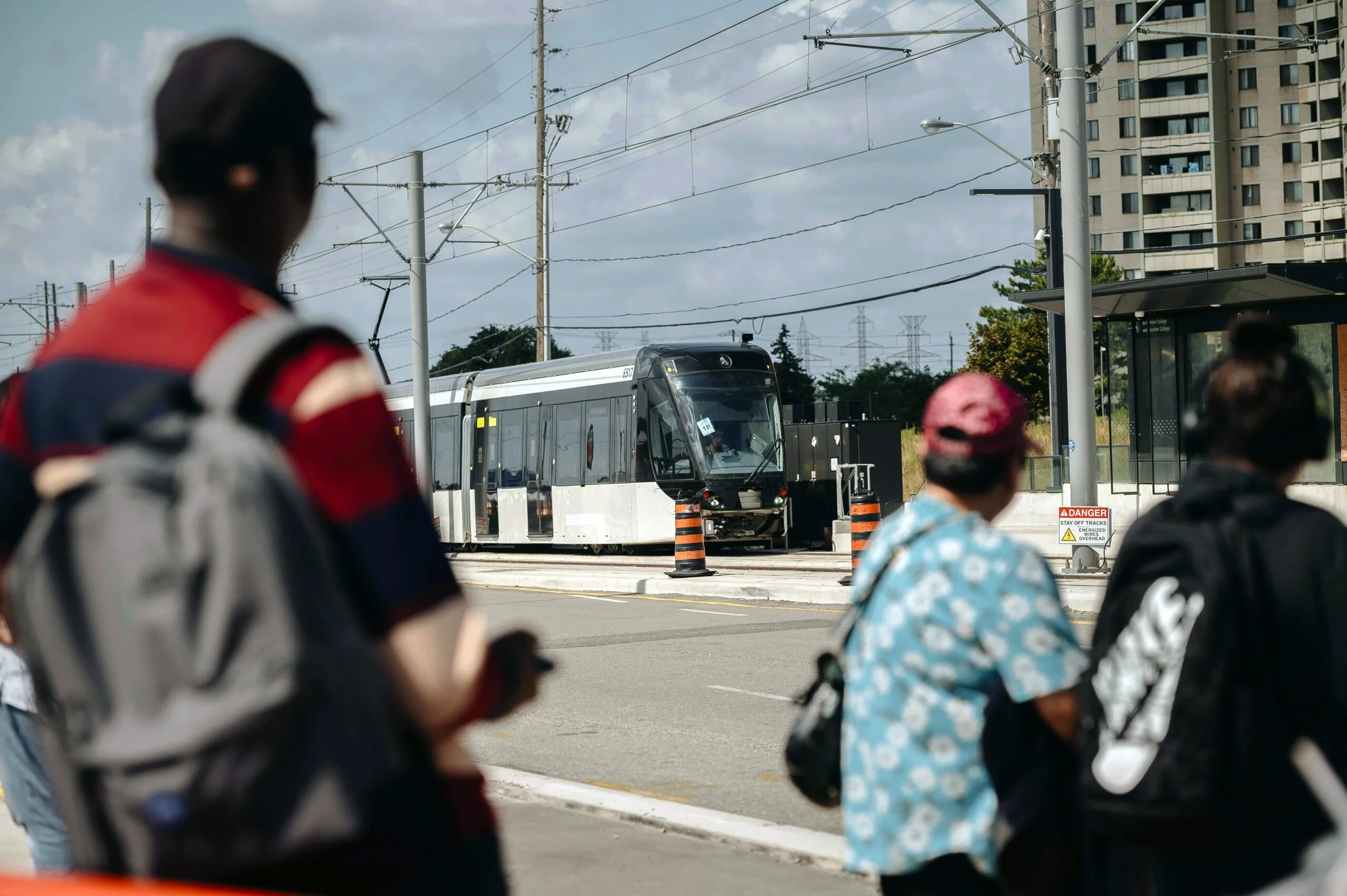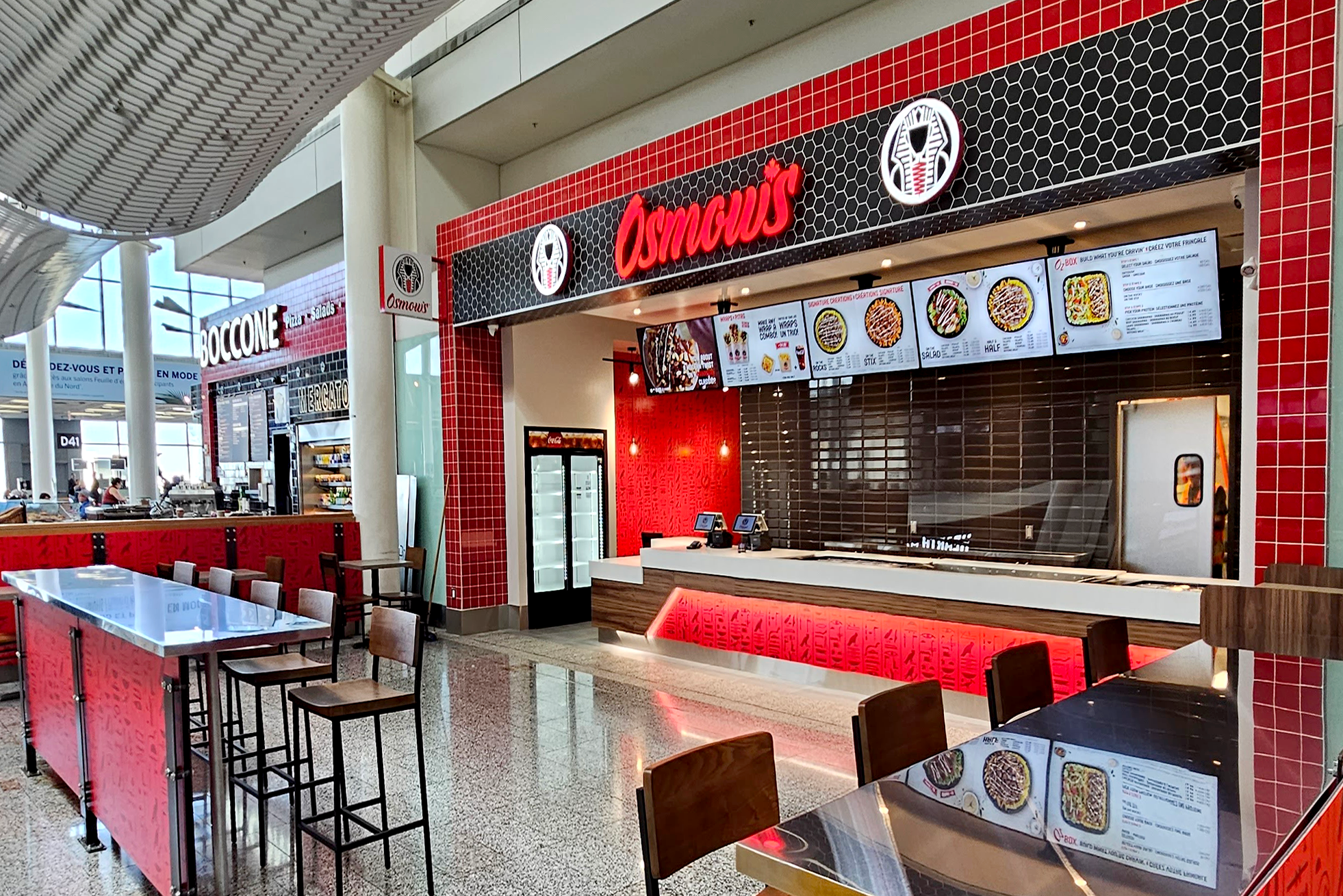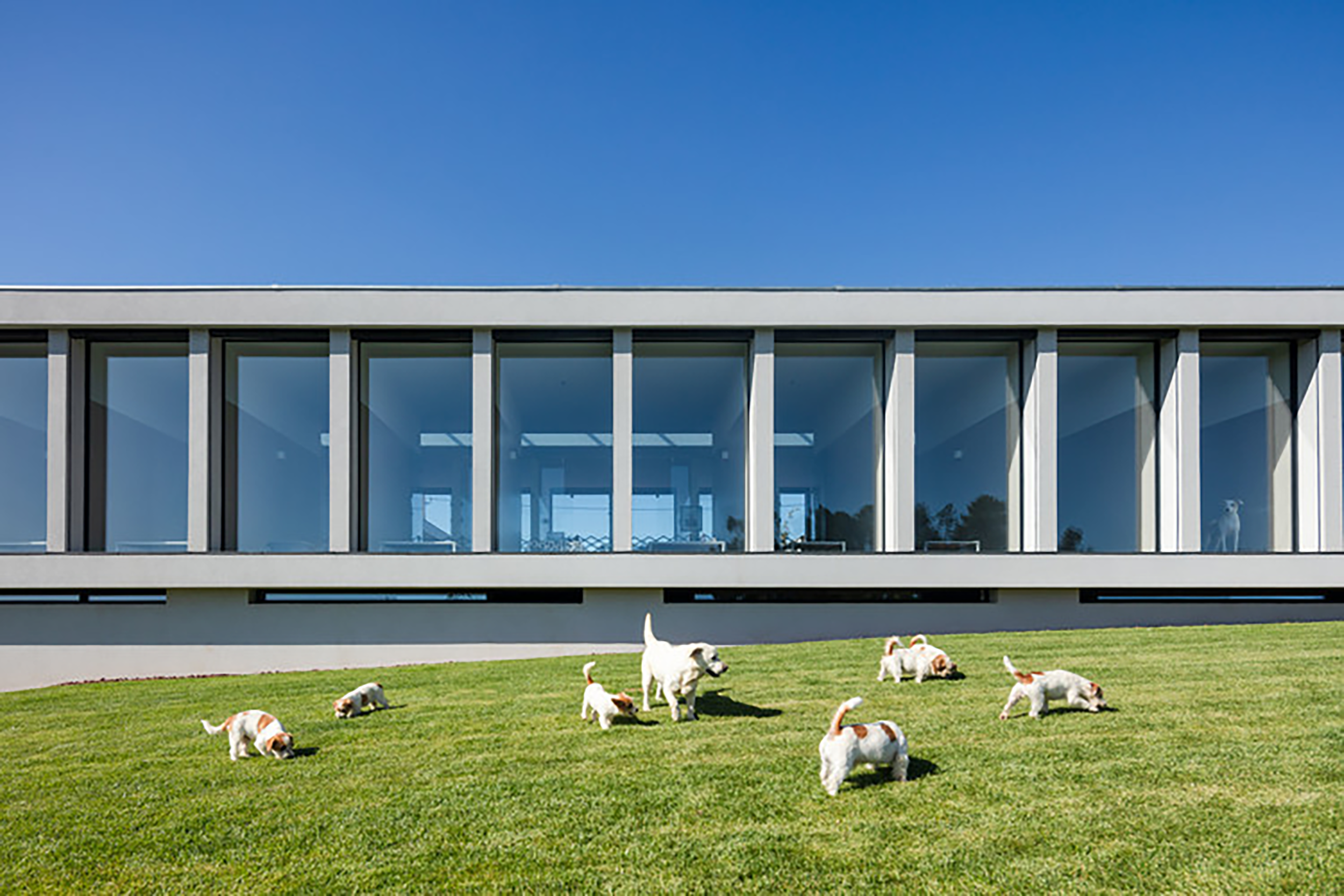Written by Suzan Mecitoglu
Edited by Kha Den De / Lera
As I walked past old houses that were about to be replaced by new ones, the words "Save Our Trees" drawn on the walls caught my attention. It reminded me of my favorite architect, Douglas Cardinal, who loved nature and believed buildings should work with nature, not against it.
Douglas Cardinal, known for nature-inspired architecture, valued his native culture, influencing his designs. His buildings blended well with the environment, emphasizing the importance of trees. The flowing shapes reflected his Indigenous heritage, showing harmony between people and surroundings.
Nowadays, there is a tendency to prioritize short-term gains over long-term sustainability. However, the incorporation of Indigenous principles into architecture has the potential to reshape our built environments. By drawing inspiration from nature and recognizing its intrinsic value, architects can create spaces that nurture societies rather than exploit them.
It's crucial to understand that nature isn't just a backdrop; it's vital for our well-being. Each tree and flower contribute to the delicate balance of life. As we advance in architecture, let's acknowledge nature's irreplaceable value.
So, let's prioritize green spaces in our designs, and cherish and protect the trees that make our world a better place. By thoughtfully integrating architecture around nature, we can build a stronger bond with the environment and live in harmony.
As I say goodbye to those homes and trees, I promise to respect nature and support the architects who share these values.


















